In the heart of Hanoi, the capital city of Vietnam, lies a treasure trove of cultural heritage: the Vietnam Museum of Ethnology. Established in 1997, this museum is dedicated to preserving and exhibiting the rich traditions and practices of Vietnam’s diverse ethnic groups. With its extensive collection of artifacts, interactive exhibitions, and educational programs, the museum offers visitors a deep understanding of Vietnam’s cultural landscape. Let’s explore the wonders of the Vietnam Museum of Ethnology and what makes it a must-visit destination.
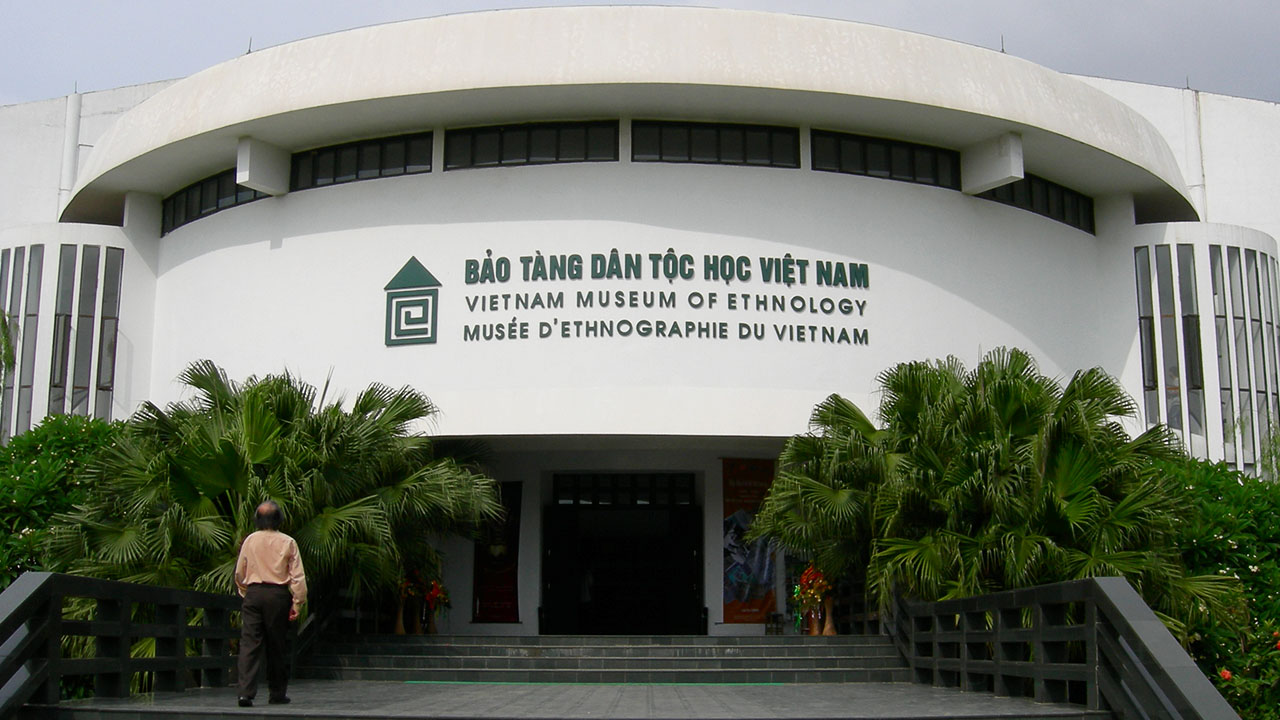
Explore the Diverse Collection of Artifacts
The Vietnam Museum of Ethnology boasts an extensive collection of more than 15,000 artifacts, ranging from traditional clothing to tools, musical instruments, and household items. These artifacts beautifully represent the cultural richness and diversity found among Vietnam’s ethnic groups.
Traditional Clothing: A Window into Culture

Traditional clothing plays a crucial role in defining the identity and cultural practices of Vietnam’s ethnic groups. The museum displays an impressive array of traditional garments, each reflecting the unique styles and distinctive characteristics of a particular group. Visitors can get a closer look at the intricate designs, vibrant colors, and craftsmanship of these textiles.
Tools and Implements: A Glimpse into Everyday Life
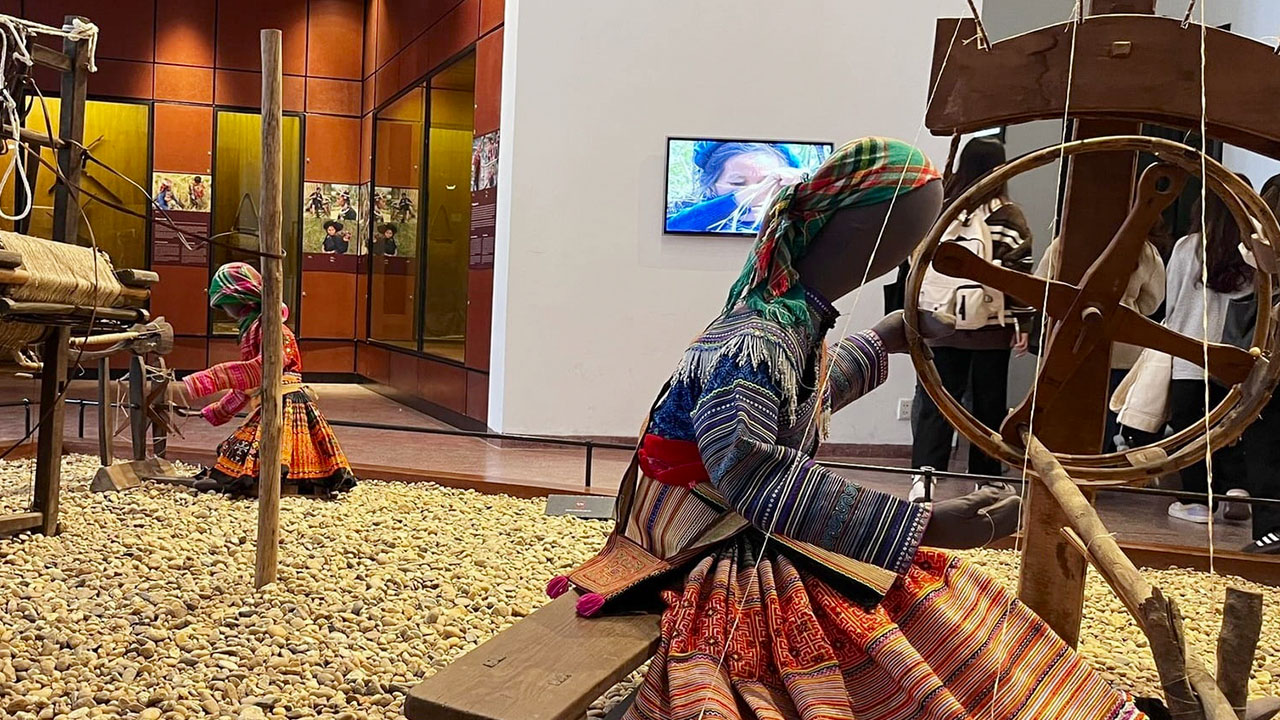
The museum’s collection also includes a wide range of tools and implements used by different ethnic groups in Vietnam. From agricultural tools to fishing equipment, these artifacts provide insights into the daily lives and livelihoods of these communities.
Musical Instruments: A Harmony of Melodies
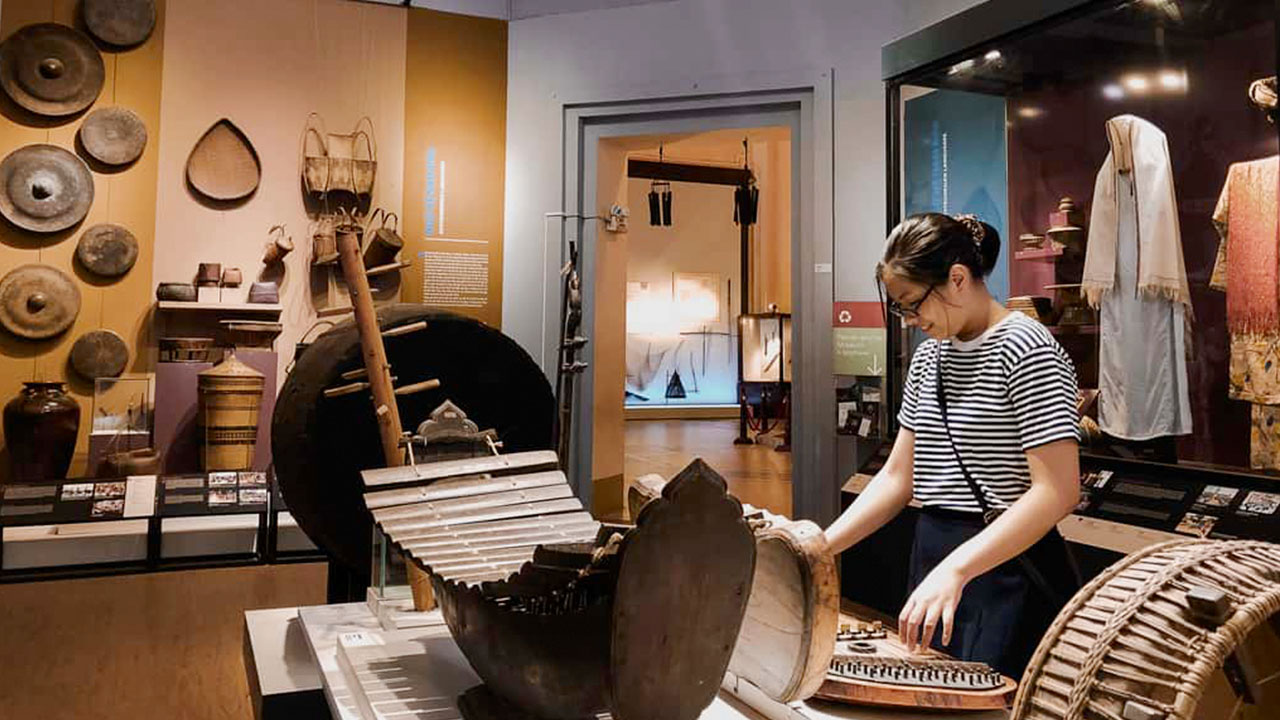
Music holds a special place in Vietnam’s cultural heritage. The museum showcases a variety of musical instruments, allowing visitors to understand the importance of music in traditional ceremonies, festivals, and social gatherings. From traditional stringed instruments like the dan bau to percussive instruments like the trong com, each instrument has its unique sound and significance.
Household Items: Domestic Traditions
The exhibit on household items provides visitors with a glimpse of the domestic traditions and practices of Vietnam’s ethnic groups. From intricately woven baskets and ceramics to remarkable woodwork and textiles, these objects shed light on the daily routines and customs related to home life among different communities.
Organized Exhibits Highlighting Vietnam’s Cultural Diversity
To offer a comprehensive exploration of Vietnam’s ethnic diversity, the Vietnam Museum of Ethnology organizes its exhibits into various sections, each focusing on a specific ethnic group or theme. This arrangement ensures that visitors gain a deeper understanding of the distinct traditions and heritage of Vietnam’s ethnic communities.
The Kinh People: The Dominant Ethnic Group
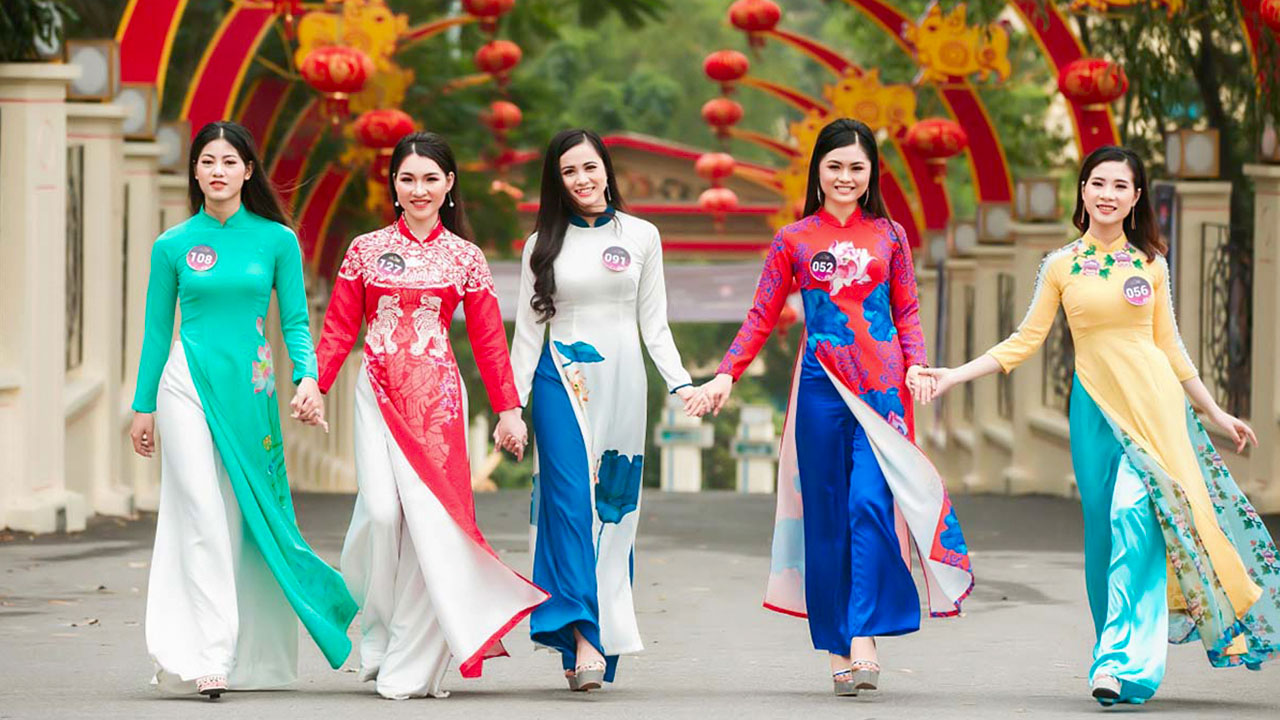
The Kinh people or Vietnamese people, Vietnam’s largest ethnic group, receive significant attention in the museum. The exhibit on the Kinh people aims to represent their customs, clothing, and practices in great detail. Visitors can learn about their traditional festivities, religious beliefs, and culinary traditions.
The Cham People: Guardians of Ancient Civilization
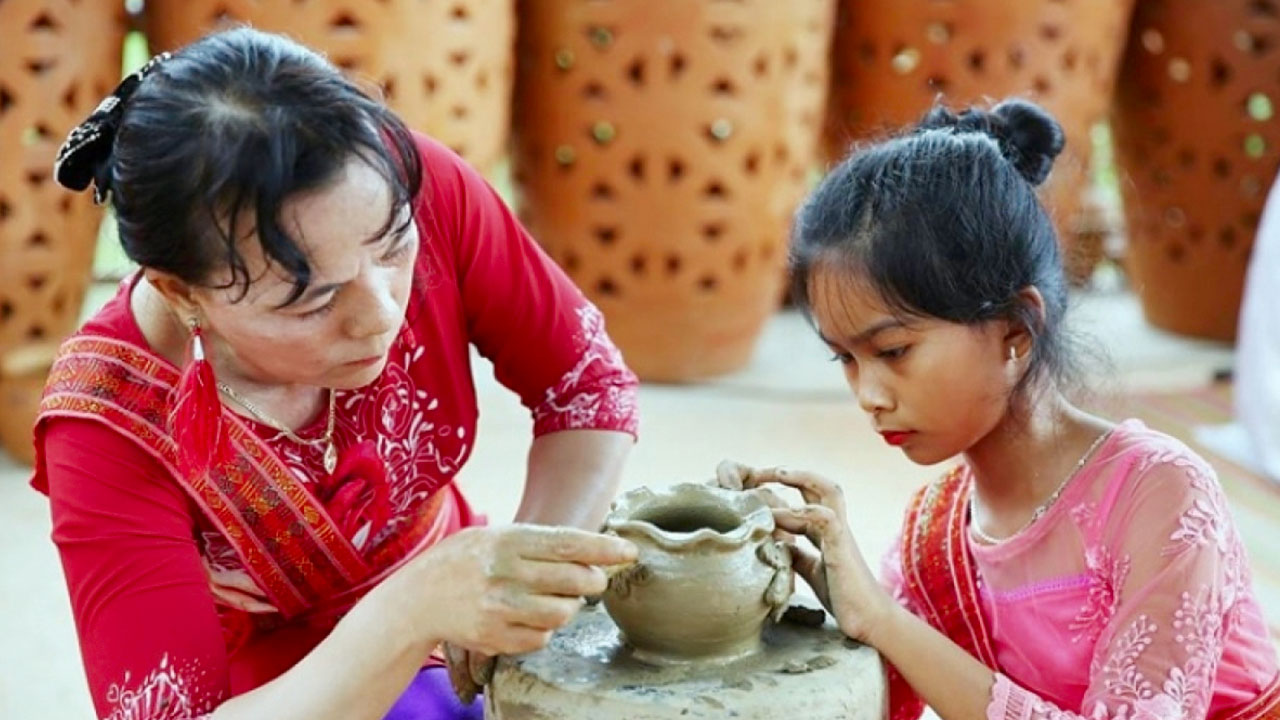
The Cham people, an ethnic group with a rich cultural history, have their dedicated section in the museum. This exhibit delves into their unique customs, traditional crafts, and architecture. It offers visitors a chance to marvel at the intricate sculptures and witness the legacy of this ancient civilization.
The Hmong People: Vibrant Colors and Intricate Needlework
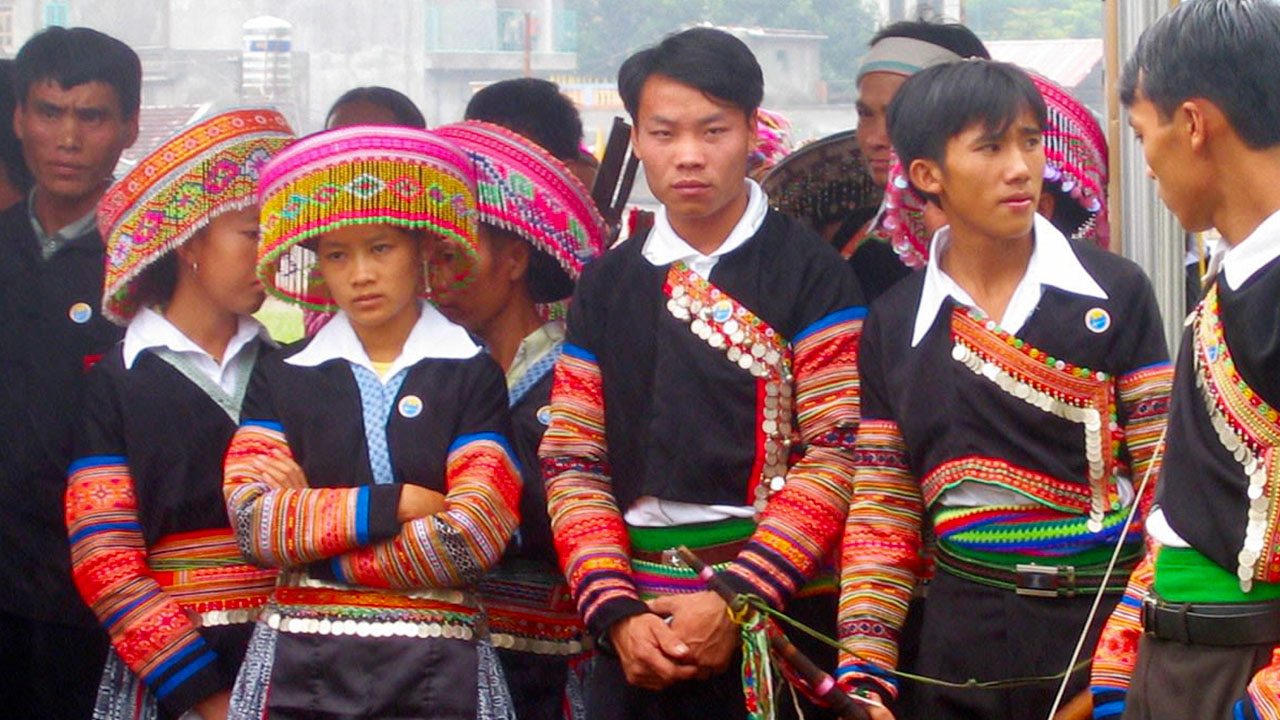
The Hmong people, known for their vibrant clothing and intricate needlework, have a significant presence in the museum. This exhibit illustrates the diverse subgroups within the Hmong community and their distinctive traditions, textiles, and customs. Visitors can appreciate the meticulous embroidery and learn about the Hmong’s daily life.
The Tay People: Serenity and Simplicity
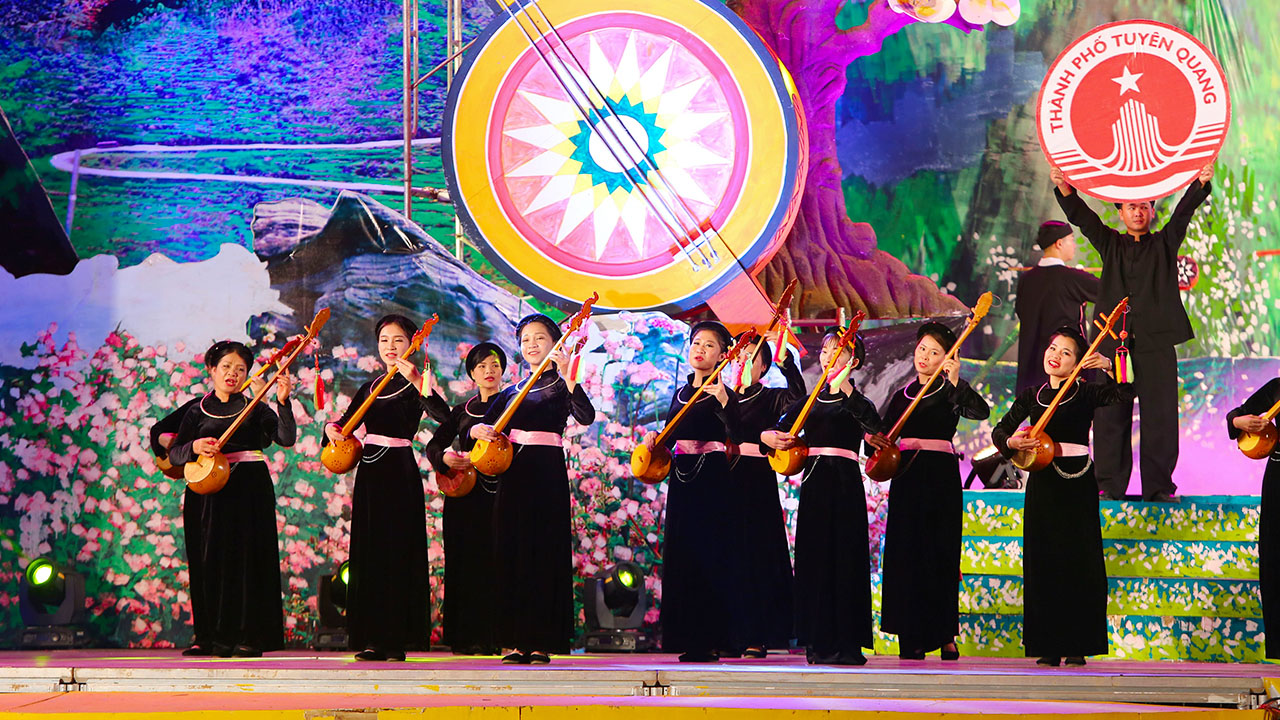
The exhibit on the Tay people showcases the group’s tranquil and simple way of life. Visitors can immerse themselves in the beauty of Tay villages, characterized by stilt houses and vast paddy fields. The exhibit also highlights the Tay people’s traditional crafts, such as pottery and bamboo weaving.
Festivals: Celebrating Cultural Traditions
Festivals play a vital role in Vietnam’s cultural identity. This section of the museum delves into the diverse festivals celebrated by different ethnic groups throughout the year. Visitors can explore the vibrant costumes, traditional music, and lively performances that bring these festivals to life.
Outdoor Exhibition Area: Step into Traditional Houses
One of the highlights of the Vietnam Museum of Ethnology is its outdoor exhibition area, where visitors can immerse themselves in the architectural styles and lifestyles of various ethnic groups. Traditional houses from different regions and ethnic communities are meticulously reconstructed, providing an authentic and educational experience.
The Ede Long House: A Unique Architectural Gem
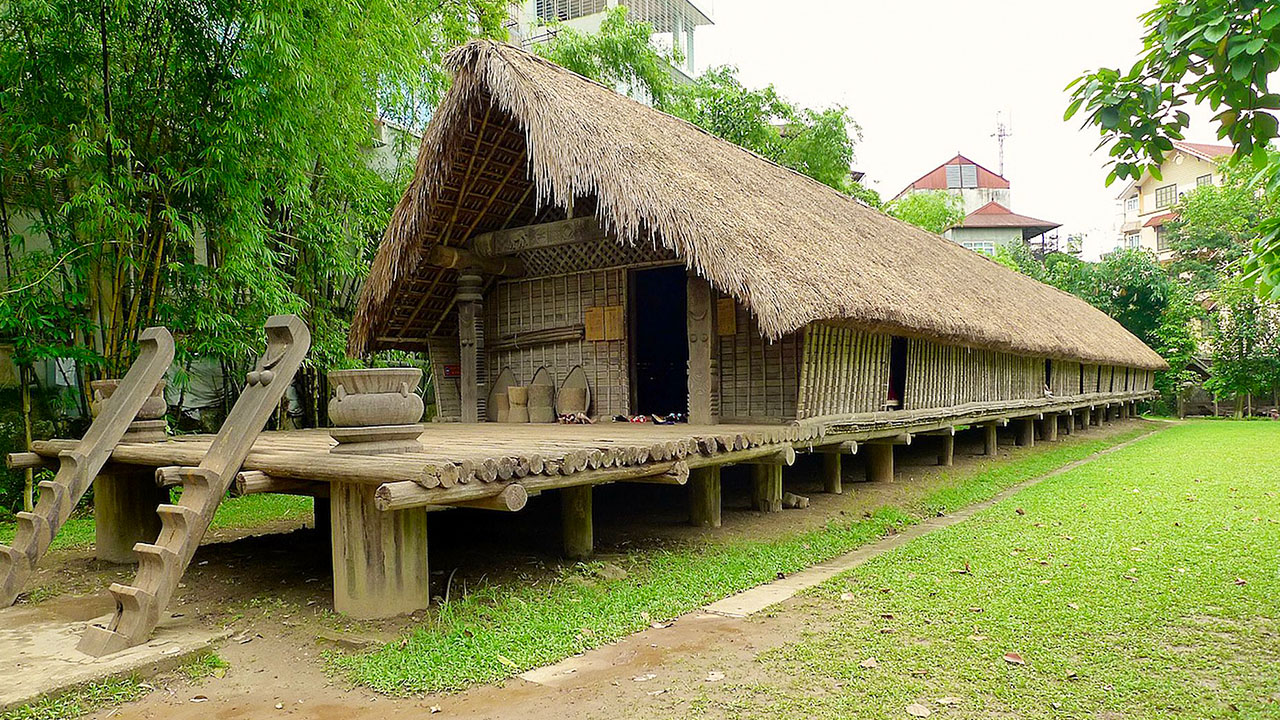
The Ede long house, an iconic traditional dwelling among the Ede people, captivates visitors with its distinctive architectural features. The museum’s reconstructed long house enables visitors to step into a traditional communal living space and gain an appreciation for the Ede people’s cultural heritage.
The Stilt Houses of the Tay and Thai People
The museum also features stilt houses typical of the Tay and Thai ethnic groups. These houses are elevated on stilts to protect against floods and offer multifunctional living spaces. Visitors can explore the interior designs, see how daily activities are integrated, and understand the harmonious relationship between the people and their natural surroundings.
The Hani Terrace House: A Display of Ingenuity
The Hani people, known for their terraced rice fields, have their distinctive architecture represented in the museum. A reconstructed Hani terrace house provides visitors with an opportunity to learn about the complex irrigation systems employed by the Hani people and their sustainable farming practices.
Cultural Performances and Workshops: An Immersive Experience
To enhance the visitor experience, the Vietnam Museum of Ethnology regularly hosts cultural performances and workshops. These events give visitors a chance to witness traditional dances, music, and rituals, providing a deeper understanding of Vietnam’s ethnic cultures.
Traditional Dance Performances: Grace and Elegance
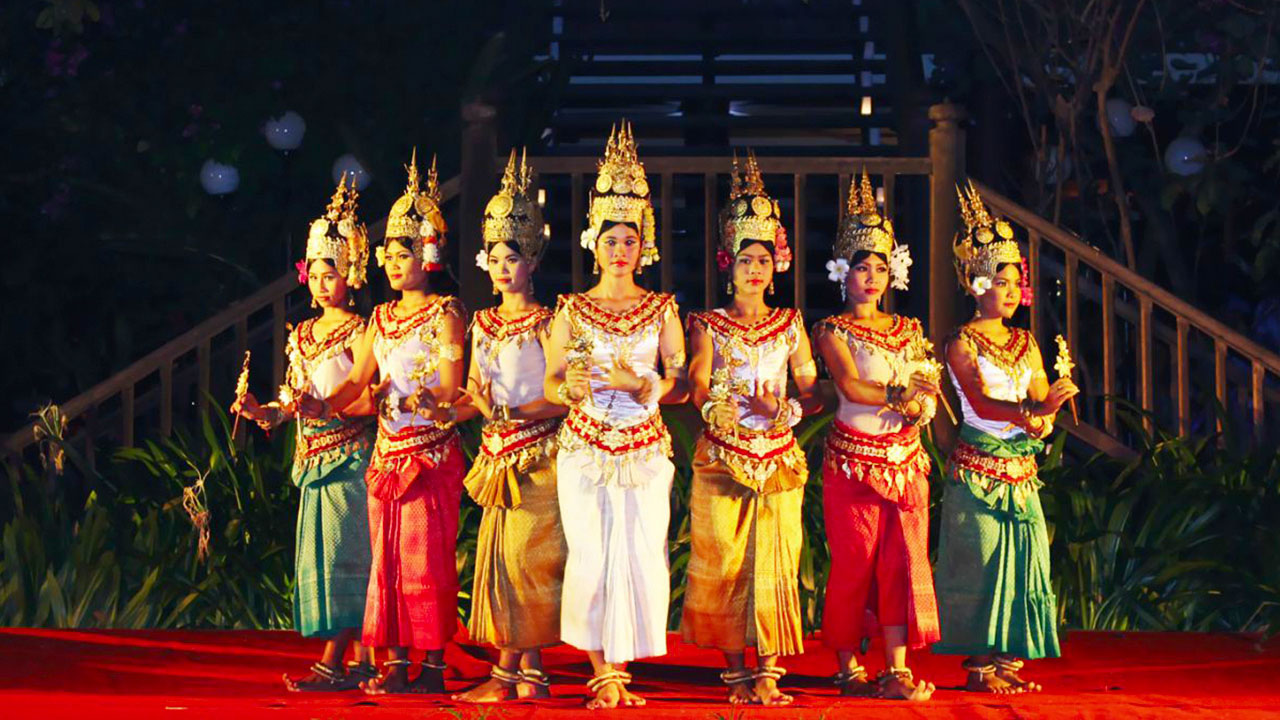
The museum organizes traditional dance performances that capture the grace and elegance of Vietnam’s ethnic communities. Visitors can witness vibrant costumes, rhythmic movements, and storytelling through dance, immersing themselves in the cultural narratives of Vietnam.
Traditional Music Shows: Harmonies of the Past
Music is an integral part of Vietnam’s cultural heritage, and the museum presents traditional music shows that resonate with the country’s ethnic diversity. Audiences can indulge in melodies played on traditional instruments, gaining an appreciation for the skill and artistry behind these musical traditions.
Craft Workshops: Hands-on Learning
The museum offers various craft workshops, allowing visitors to engage in hands-on learning experiences. Participants can learn traditional craft techniques, such as pottery, weaving, or embroidery, from skilled artisans, fostering a deeper appreciation for the intricate workmanship involved.
Research, Education, and Cultural Preservation
Beyond its exhibits and performances, the Vietnam Museum of Ethnology actively engages in research, education, and cultural preservation initiatives to document and safeguard Vietnam’s intangible cultural heritage.
Research Collaboration: Documenting Intangible Heritage
The museum collaborates with local communities and experts to conduct research, documenting intangible cultural heritage such as traditional rituals, folk songs, and crafts. By preserving these intangible aspects of Vietnam’s cultural traditions, the museum ensures their continuity and promotes a deeper understanding of the country’s heritage.
Educational Programs: Inspiring the Next Generation

The Vietnam Museum of Ethnology offers educational programs that cater to students of all ages. Through guided tours, interactive exhibits, and workshops, students can learn about the customs, rituals, and lifestyles of Vietnam’s ethnic groups, fostering cultural appreciation and understanding.
Conferences and Seminars: A Platform for Dialogue
The museum serves as a platform for intellectual exchange and dialogue by organizing conferences and seminars. Experts, scholars, and enthusiasts gather to discuss and share insights on Vietnam’s ethnic cultures, contributing to advancements in the field of ethnographic studies.
The Crucial Role of the Vietnam Museum of Ethnology
The Vietnam Museum of Ethnology plays a vital role in promoting and preserving the cultural diversity of Vietnam. By showcasing the traditions, customs, and beliefs of the country’s ethnic groups, it fosters appreciation and understanding of Vietnam’s cultural heritage.

Through its extensive collection, organized exhibits, outdoor exhibition area, cultural performances, and educational initiatives, the museum offers an immersive and enriching experience for visitors. It serves as a bridge between the past and the present, ensuring the continuity and celebration of Vietnam’s ethnic cultures for generations to come.
FAQs
Q: How can I get to the Vietnam Museum of Ethnology?
A: The Vietnam Museum of Ethnology is located in Hanoi, the capital city of Vietnam. You can reach it by taxi or public transportation. The museum is easily accessible and well-known among locals and tourists alike.
Q: Are there guided tours available at the Vietnam Museum of Ethnology?
A: Yes, guided tours are available at the museum. Knowledgeable guides provide insightful information about the collections and exhibitions, enhancing your overall experience and understanding of Vietnam’s ethnic diversity.
Q: Is there an entrance fee for the Vietnam Museum of Ethnology?
A: Yes, there is an entrance fee for the museum. The fee is reasonable and helps support the preservation and maintenance of the exhibits and facilities.
Q: Can I take photographs inside the Vietnam Museum of Ethnology?
A: Yes, you are allowed to take photographs inside the museum. However, please be mindful of other visitors and adhere to any specific guidelines regarding photography in certain areas or exhibitions.
Q: Are there any souvenir shops or cafes at the museum?
A: Yes, the museum has a gift shop where you can find unique handicrafts, books, and traditional items. There is also a café where you can relax and enjoy a refreshing beverage or a light snack.
Q: How long does it typically take to explore the entire museum?
A: The time required to explore the entire museum can vary depending on your level of interest and engagement. On average, visitors spend around two to three hours exploring the indoor and outdoor exhibitions, but you can easily spend more time immersing yourself in the rich cultural heritage on display.
Conclusion
The Vietnam Museum of Ethnology stands as a testament to the rich cultural diversity that defines Vietnam. Through its extensive collection, interactive exhibitions, and educational programs, the museum preserves and celebrates the traditions of Vietnam’s ethnic groups. A visit to this remarkable institution offers an immersive experience into the customs, rituals, and daily life of these communities, providing visitors with a deeper understanding and appreciation of Vietnam’s cultural heritage. Embark on a journey of exploration and discovery at the Vietnam Museum of Ethnology, where the stories of Vietnam’s ethnic groups come to life.


